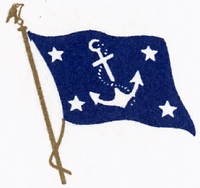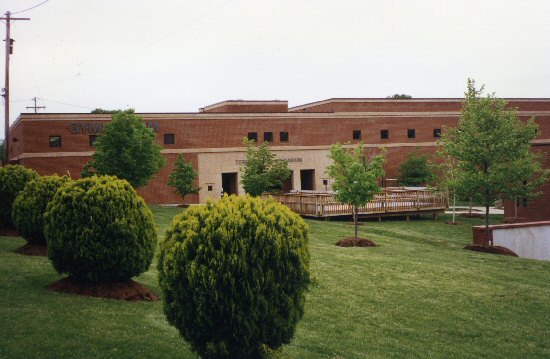 |
THE SECRETARY OF THE NAVY
WASHINGTON, DC 20350 |
 |
THE SECRETARY OF THE NAVY
WASHINGTON, DC 20350 |
|
The President of the United States takes pride in presenting the SILVER STAR MEDAL posthumously to CORPORAL TERRY L. SMITH
for service as set forth in the following CITATION: For conspicuous gallantry and intrepidity in action while serving as a radio operator with Company "M", Third Battalion, Twenty-sixth Marines, Third Marine Division, Fleet Marine Force in the Republic of Vietnam. On 20 February 1968, on Hill 881S near Khe Sanh, Corporal Smith observed a Marine helicopter landing in a zone on which he knew North Vietnamese Army gunners had registered heavy mortars. He realized that the aircraft would almost certainly be destroyed if it re- mained in the landing zone, and attempted unsuccessfully to contact the pilot by radio. Aware that the enemy rounds were probably already on the way, he restrained a Marine junior to him from going out on to the zone, and leaving the safety of his bunker ran across the open ground signaling manually to the helicopter crew to take off immediately. As the helicopter took off and before Corporal Smith could reach cover, he was fatally wounded by mortar fragments, gallantly sacrificing his life so that the crew might live. By his extraordinary courage in the face of over- whelming odds, his uncommon concern for others, and his self sacri- ficing efforts, Corporal Smith reflected great credit upon himself and upheld the highest traditions of the Marine Corps and the United States Naval Service. For the President,
|


At the time of this incident Colonel Dabney was a Captain and, Commanding Officer of India Company (reinforced with two platoons of Mike Company), Third Battalion, Twenty-Sixth Marines, Third Marine Division.